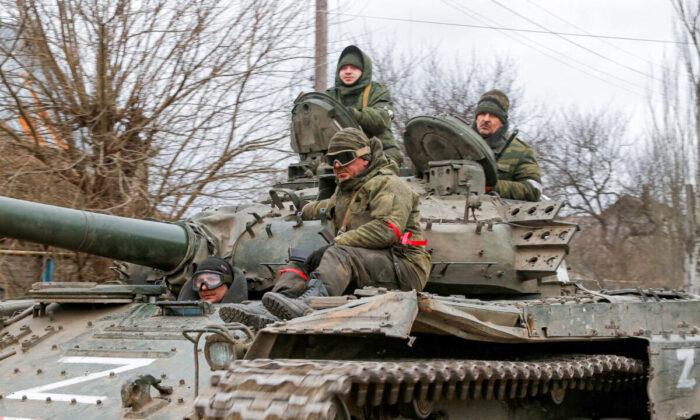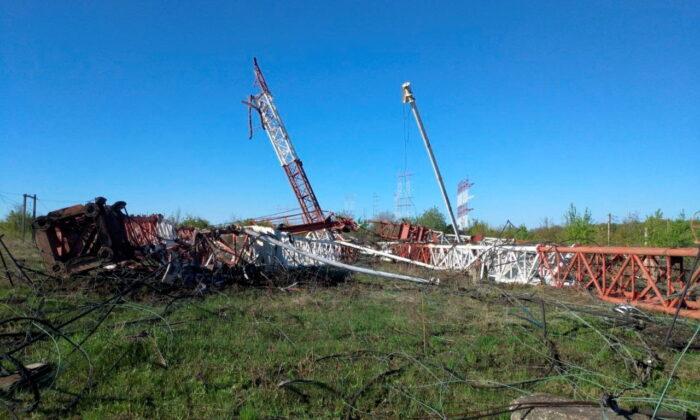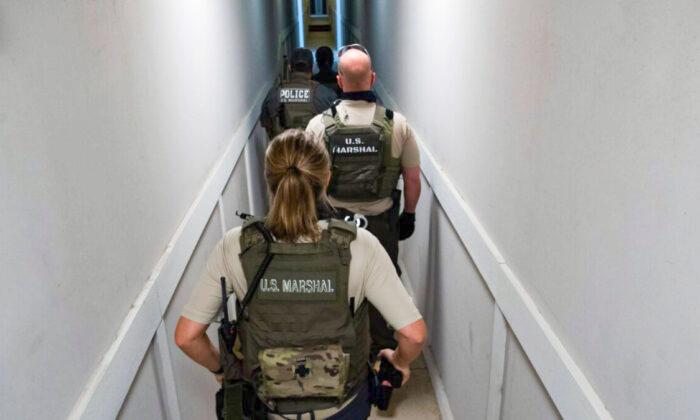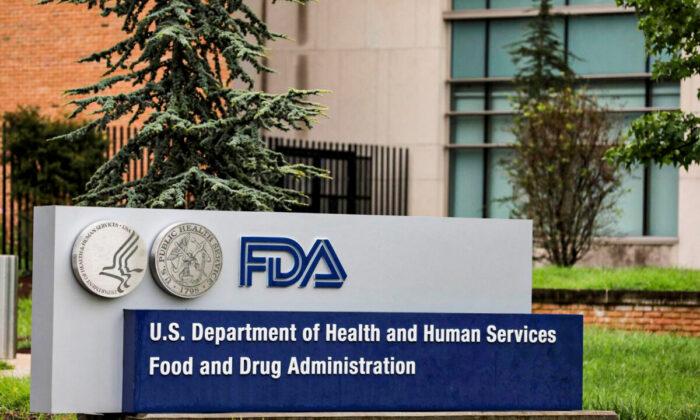The United States has so far dispatched some 100 firefighters who gave up their holidays at home to help combat blazes in Australia as its most populous state of New South Wales (NSW) declared a third state of emergency of the bushfire season.
Ahead of re-elevated fire risk over the weekend, the National Interagency Fire Center announced it would, on Jan. 6, dispatch a further 50 to 60 firefighters on top of the 100 firefighters which have been sent to the country—including some California firefighters—over the last four weeks.
The news comes as Premier Gladys Berejiklian said the declaration of the third state of emergency would come into effect from Friday morning, with severe to extreme conditions forecast for Saturday.
“All our personnel, all our agencies know that from tomorrow they will be subject to forced evacuations, road closures, road openings and anything else we need to do as a state to keep our residents and to keep property safe. We don’t take these decisions lightly,” Berejiklian told reporters on Thursday.
The U.S. fire center in November coordinated with the U.S. Bureau of Land Management, Forest Service, National Park Service, Bureau of Indian Affairs and Fish and Wildlife Service to issue a sign-up document for the U.S. firefighters who wish to be sent to Australia to help combat the growing bushfires.
North American firefighter John Szulc said the United States wanted to send Australia “the best of the best.”
Mass Evacuations
On Friday, the Australian navy began evacuating around 1,000 people stranded on the east coast of the fire-ravaged country as a searing weather front was set to whip up more blazes across the states of Victoria and NSW.The navy’s HMAS Choules and Sycamore started the evacuations of around 1,000 of the 4,000 people stranded on a beach in the isolated town of Mallacoota in far-east Victoria, a federal member of parliament Darren Chester wrote on Twitter Friday morning.
Tens of thousands of holidaymakers have been urged to leave national parks and tourist areas on the NSW south coast and eastern areas of Victoria before a return of temperatures above 40 C (104 F) and hot winds on Saturday.
Victoria also declared a state of disaster for the first time, giving authorities broad powers to compel people to leave their properties and take control of services, similar to the state of emergency that has been declared in NSW.

Andrew Crisp, the emergency management commissioner for Victoria, urged people located in at-risk areas to leave their homes immediately and not count on luck to avoid disaster.
“This is your opportunity to get out. It is not just the fires we know. It is the new fires that might start today,” he told ABC News.
Prime Minister Scott Morrison was met with jeers from a group of angry locals of the fire-devastated NSW town of Cobargo on Thursday, one of whom shouted he should be “ashamed of himself” and said he had “left the country to burn.”
Morrison on Friday said he understood their anger, adding: “People have suffered great loss. People are hurting. People are raw. That’s what happens in natural disasters.”





